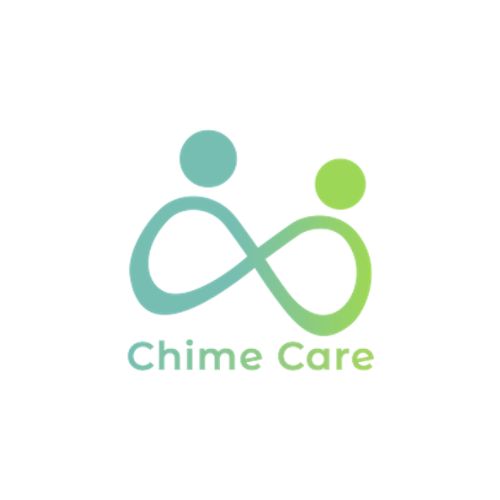Fall Prevention Strategies: Assessing Risk Factors and Implementing Safety Measures for Elderly Individuals at Home

Falls are a leading cause of injury and hospitalisation for older adults, impacting their mobility, independence, and overall well-being. However, the good news is that there are many effective fall prevention strategies can be implemented to create a safer living environment for elderly individuals in their own homes.
This blog explores:
- Identifying common risk factors that increase the likelihood of falls.
- Implementing practical safety measures within the home environment.
- Additional resources for fall prevention and home safety assessments.
By understanding these crucial aspects, you can significantly reduce fall risks and ensure your loved ones feel secure and confident in their own homes.
In home caregivers can be of great assistance in minimising the risk of falls by picking up on risk factors early and helping in implementing the risk minimisation strategies.

Recognising Fall Risk Factors in Elderly Individuals
Several factors can contribute to an increased risk of falls in older adults. Here are some key ones to be aware of:
- Muscle weakness and balance issues: These can be caused by various factors, including age-related decline, medical conditions, and inactivity.
- Vision and hearing impairments: Difficulty seeing or hearing can make it challenging to navigate obstacles and maintain awareness of surroundings.
- Medications: Certain medications can cause side effects like dizziness or light-headedness, increasing fall risk.
- Foot problems: Poorly fitting shoes, bunions, and other foot issues can affect balance and gait.
- Environmental hazards: Clutter, loose rugs, uneven flooring, and inadequate lighting can all increase the risk of tripping or slipping.

Implementing Safety Measures for a Fall-Proof Home
Once you've identified potential risk factors, you can take proactive steps to address them and create a safer home environment. Here are some practical safety measures:
- Improve lighting: Ensure good lighting throughout the home, especially in stairways, hallways, and bathrooms.
- Remove tripping hazards: Clear away clutter, secure loose rugs, and install grab bars in bathrooms.
- Invest in assistive devices: Consider using canes, walkers, or grab bars to improve mobility and stability.
- Promote regular exercise: Encourage regular physical activity to maintain muscle strength and balance.
- Schedule regular vision and hearing checks: Ensure proper vision and hearing correction to improve awareness of surroundings.
- Footwear matters: Choose well-fitting shoes with good traction and support.
- Mobility aids: Utilising the right mobility aids be that a walking stick, walking frame or other alternative options.

Additional Resources for Fall Prevention
In addition to the tips mentioned above, several resources can provide further guidance and support:
National Institute on Aging: https://www.nia.nih.gov/health/falls-and-falls-prevention
Centers for Disease Control and Prevention: https://www.cdc.gov/falls/index.html
Occupational Therapy Association: https://www.aota.org/
These organisations offer valuable information on fall prevention strategies, home safety assessments, and access to qualified professionals who can provide personalized guidance.
By understanding the risk factors, implementing practical safety measures, and utilizing available resources, you can significantly reduce the risk of falls and create a safe and comfortable living environment for your elderly loved ones, allowing them to age independently with greater peace of mind.
If you would like to discuss the care needs of your loved one, please contact us on 02080 499776 for no-obligation free care advice today.



.png)



